|
|

|
At Home On Earth
|
|
|
|
|
|
|
Welcome to The Hub, a Bluedot Living newsletter that gathers good news, good food, and good tips for living every day more sustainably.
|
Welcome to The Hub, a Bluedot Living newsletter that gathers good news, good food, and good tips for living every day more sustainably.
|
If you purchase anything via one of our links, including from Amazon, we may earn a small commission. All Dear Dot illustrations by Elissa Turnbull.
|
|
|
|
SIMPLE / SMART / SUSTAINABLE / STORIES
|
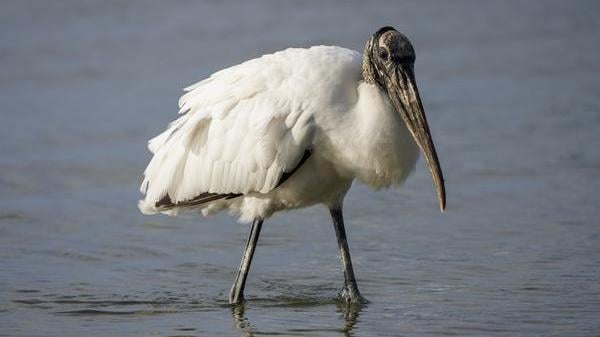 |
While in Vero Beach, Florida, Yasmin Namini captured this wood stork for her latest At Home on Earth photo essay. A massive wading bird, the wood stork feeds by touch, sweeping its open bill through murky water. It’s the only stork species that breeds in North America and serves as a symbol of Florida’s wetland health: Wetlands, mangroves, upland forests, and beaches make Vero Beach one of Florida’s most vibrant avian sanctuaries. See more birds here. And see more of Yasmin’s photo essays (including videos of necking giraffes).
|
|
|
|
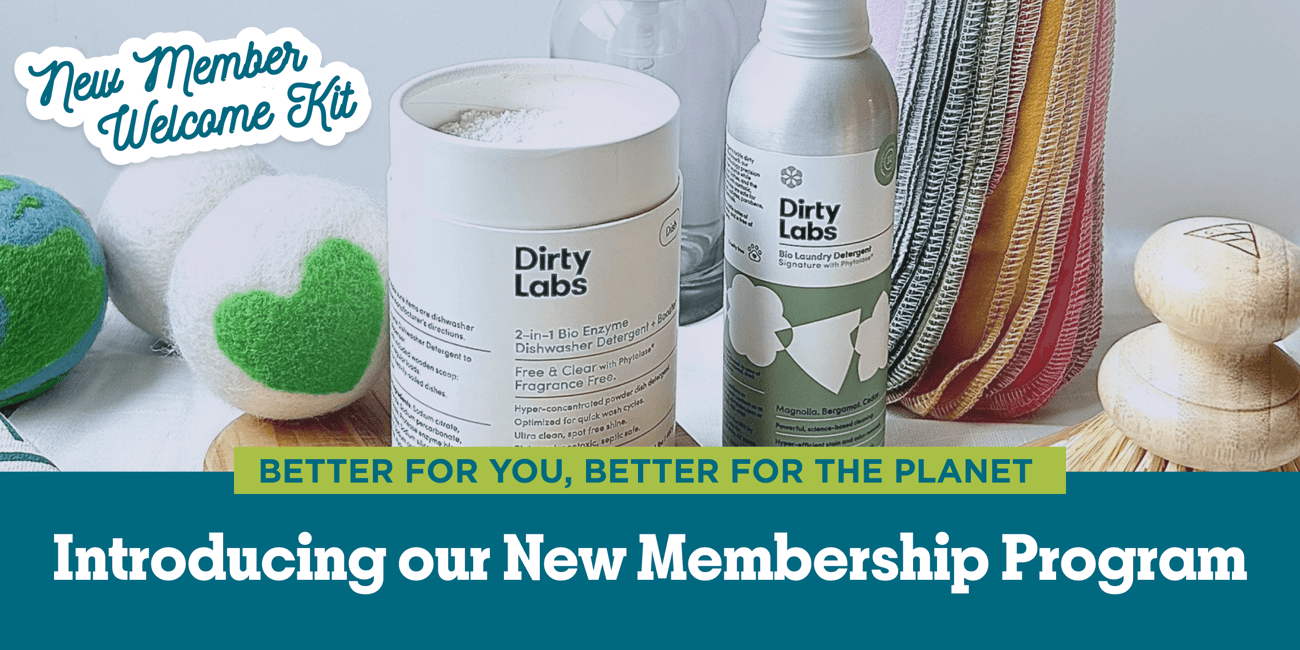
|
Make sustainable living simple with the Bluedot Living’s Green Home Deluxe Kit — a $170+ value collection of our editors’ favorite Earth-friendly products, free with your membership. You’ll also enjoy exclusive member savings, inspiring community connections, and more planet-positive perks.
|
| Get Your Deluxe Kit
|
|
|
|
|
|
|
|
|
DISPATCHES FROM ALL OVER
SUSTAINABLE LIVING ADVICE
ECO-FRIENDLY RECIPES
|
DISPATCHES FROM ALL OVER · SUSTAINABLE LIVING ADVICE · ECO-FRIENDLY RECIPES
|
|
|
|
“The Serviceberry (available on Amazon and Thriftbooks) calls us to reject the scarcity model that underlies our economy, in favor of a ‘Serviceberry Economy’ — one that promotes reciprocity, gratitude, and abundance, based on the natural lessons of the plant world. When the Serviceberry (also
known as Shadbush, or Juneberry) fruits, it doesn’t hoard the abundance of sugar for itself, Kimmerer writes. ‘No, they invite the birds to a feast. ‘Come, my relatives, fill your bellies,’ say the Serviceberries.’ The birds return the favor by spreading seeds, far and wide.”
— Christopher Lysik’s review of Robin Wall Kimmerer’s The Serviceberry
Bluedot contributor Chris Lysik writes, “When Dr. Robin Wall Kimmerer quietly crept on to the literary scene in 2013 with her now seminal Braiding Sweetgrass (on Amazon and Thriftbooks), she hid within the text an equally quiet, yet weighty, refrain: ‘All flourishing is mutual.’ It’s a concept initially given to her by the indigenous elders of the Citizen Potawatomi Nation, of which she is an enrolled member.” Chris examines Kimmerer’s conviction, written about so persuasively in her book The Serviceberry, noting that “once we start recognizing that gifts like birdsong are as valuable as stocks, we are forced to acknowledge the harms we are committing to our planet (and one another) in the name of ‘wealth.’”
Kimmerer states it more simply: “When an economic system actively destroys what we love, isn’t it time for a different system?”
|
|
|
|
|
QUICK LINKS |
Skip scrolling! Here's what you'll find in this edition of the Bluedot newsletter:
|
|
|
|
|
|
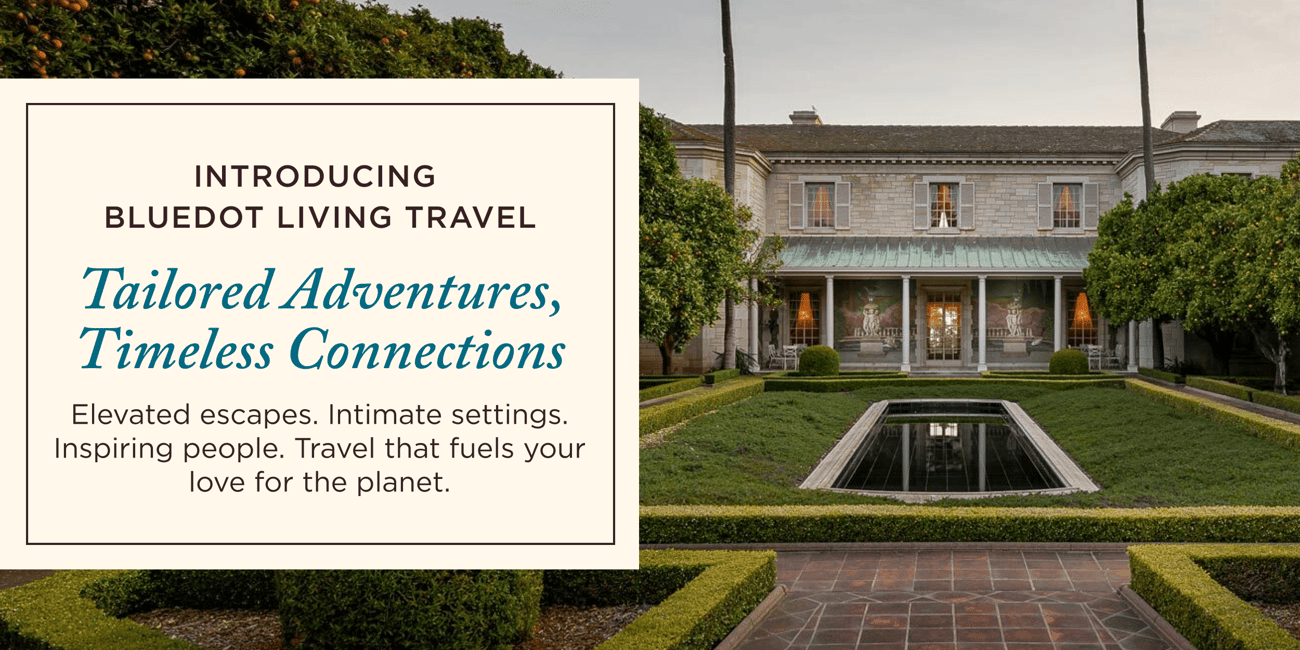
|
Be among the first to experience a Bluedot Living–curated travel experience, where you’ll connect with local environmental change-makers and enjoy carefully designed all-inclusive itineraries and farm-to-table dining, all in exquisite locales. With five trips scheduled for 2026, ranging from Hollywood, California, to Martha’s Vineyard and Nantucket, there’s a destination to suit every traveler.
|
| Explore Our Destinations
|
|
|
|
FEATURED STORIES
|
BIG IDEAS AND LOCAL CHANGEMAKERS
|
Indigenous people have long been stewards of the environment, and they continue to lead the way in climate action today. In honor of Indigenous Peoples Day, we bring you three stories that highlight indigenous efforts to protect our planet. (By the way, if you enjoy reading the Saving Cheewaht story and want more
Canadian Bluedot stories, sign up for our new Canada newsletter here.)
|
|
|
|
|
|
|
|
|
Paid Advertisement with LeafGuard
|
Why LeafGuard Outperforms Every Other Gutter System
|
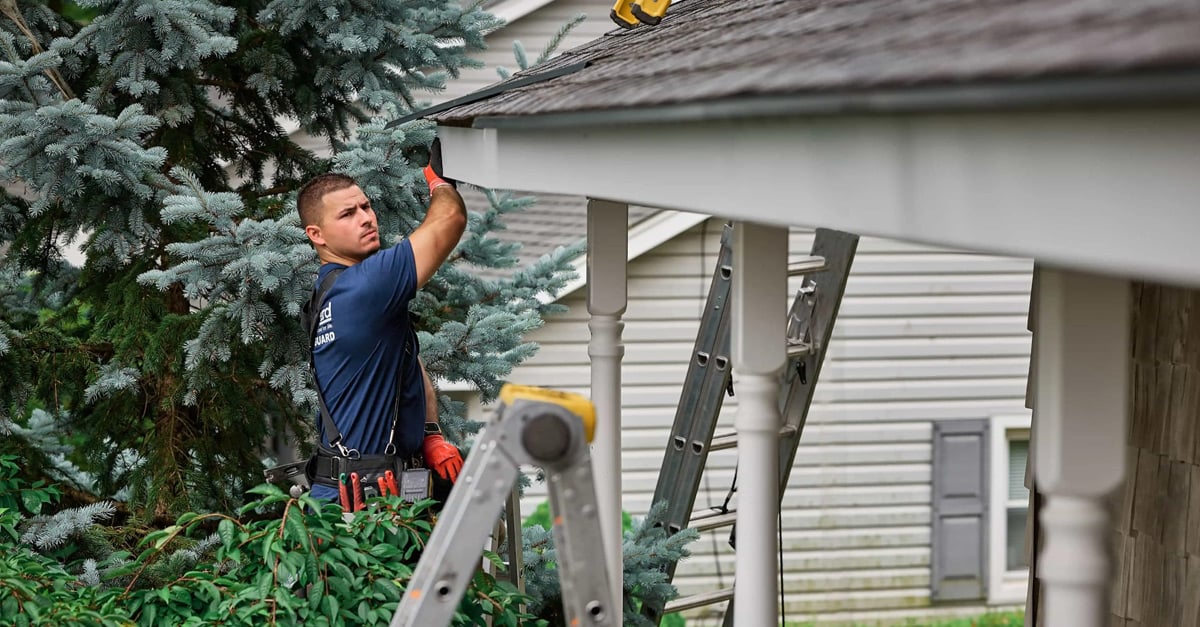
|
Generic gutter
guards are add-on solutions that treat the symptom, not the problem. LeafGuard addresses it at the source by completely replacing your gutter system with a proprietary design that makes clogs physically impossible.
The seamless construction eliminates joints where leaks typically develop. The curved hood uses the principle of liquid adhesion to guide water in while deflecting everything else. Even small debris like seeds and pine needles that slip through mesh guards can't enter LeafGuard's system. The result is a maintenance-free solution that actually works.
Bluedot Living readers save with 75% off installation plus $200 off. This isn't just about convenience—it's about investing in a system that's built to last and performs as promised.
|
| Get Your Free Home Assessment
|
|
|
|
|
|
|
|
|
A combination of different dried and fresh mushrooms adds a delicious umami flavor to this dish. And if you can harvest wild mushrooms, even better! A dollop of cream mixed in toward the end creates a sauce that pulls this dish and all of its varied ’shrooms together.
Get the recipe.
|
|
|
|
|
|
|
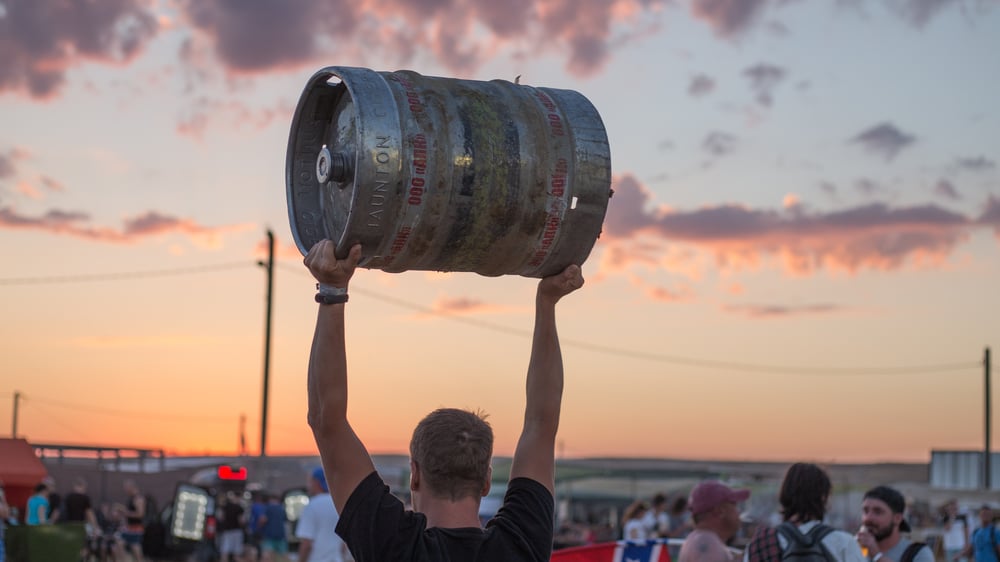
|
Bluedot’s resident beer expert, Jim Miller, takes a deep dive into the environmental costs of beer. Turns out, “in our profligate, throwaway world, the humble steel beer keg is a paragon of sturdy reusability, recyclability, and thrift.” But we all know those iconic red solo cups are a recycling nightmare, so
what should your guests drink out of instead? And what if a keg or half keg is simply too much beer? Is there a superior eco-vessel between bottles and cans? What is a green-leaning party-thrower to do?! Jim puts on his environmental beer goggles and navigates these questions, and more.
|
|
|
|
|
|
|

|
Dear Dot,
I wear a lot of cashmere. I've noticed that in recent years, I can buy it much more cheaply. But I got to wondering why, when everything else seems more expensive, cashmere has become less. I have some of my mom's treasured cashmere and am looking for the best way to take care of it — like her, I seem to stain the cuffs and get pills all over, and don’t want to keep running to the (blech!) dry cleaner.
–Jane
Dear Jane,
There is nothing snooty about cashmere, particularly that worn by a beloved mom who stains her cuffs.
But you are not the only one who has noticed that while the price of almost everything has gone through the roof, the cost of cashmere has become surprisingly affordable. On the one hand, yay! Even those of us without fat bank accounts can indulge our love of luxury. But, as is often the case with cheap fashion, is the price being borne by someone else? Or by the planet itself?
I took your cashmere query to Derek Guy, a fashion writer with Die, Workwear. Guy reminded me that everything we wear has an environmental cost, and he laid out the crazy environmental story around cashmere. It is basically this …
Keep reading for the wooly truth!
|
|
|
|
Paid Advertisement with Rooted Insight
|
You have a powerful vision—an idea for the world, a business, an organization. **Let's make it real**. |

|
Rooted Insight helps entrepreneurs turn ideas into structured, actionable plans that drive growth—while thinking beyond just the next step. Let's talk about what's next.
|
| Schedule a Free Consultation
|
|
|
|
|
|
|
If you make a purchase through our links, including from Amazon, we may earn a small commission.
|
|
|
|
|
We love these Ecozoi lunch containers so much, we’ve decided to pack lunches more often. These leak-proof stainless steel boxes have four containers and stay tightly latched. Shop now and check out the full Ecozoi collection
here — they’re all on sale!
|
|
|
|
|
|
|
The Keep-This Handbook
|
Say “booooo” to Halloween decorations that create waste and harm wildlife. Bluedot editor Emily Cain shows you how with her Bluedot Guide to a Green Halloween — with tips on better costumes, safer (but still spooky) decorations, and more.
|
|
|
|
|
Our Mothers, Ourselves
|
When I got to the age where kids are mortified by pretty much everything their parents do — maybe 11 or so — I was crossing my yard with a friend on our way back from school.
“What’s that?” my friend Margaret asked, pointing at fluffs of somethings waving from our clothesline. Fluffs of … plastic bags, clipped to the ropes, airing out in the breeze. My mother drying plastic bags so she could use them again.
Mortifying.
A few decades later, and I’m in my kitchen, and my visiting brother points to my dish rack, hooting: “You’re Mom!” I had plastic bags drying on the ends of wooden spoons. (At least they weren’t out on the clothesline.) Yes, I had become my mother — mending my clothes, reusing the wax paper that wrapped the butter (good for buttering pans), saving leftover egg whites when I only needed yolks (the whites make excellent meringue cookies), and yes, using plastic bags over and over and over.
For my mother, who would have turned 93 today, it was frugality and a culture of never wasting anything. But it ended up also being environmentally friendly, too, and still is. Avoid plastic, be mindful of what you use in your home. My mom also had a blue thing for wiping her countertops, what today we’d call a Swedish cloth, and rarely used paper towels because of it.
We have Swedish cloths in our new membership kit, along with a whole lot more environmentally friendly things for your laundry and kitchen — clean detergents and soaps, dryer balls that help you save electricity. You can get them for free by becoming a member — there are a variety of kits for a variety of memberships. There’s even a reusable canvas bag!
Have a great long weekend, and we’ll see you next week.
–Jamie Kageleiry (and Emily Cain, Leslie Garrett, and Robin Jones)
Editors
Write us at editor@bluedotliving.com
|
|
|
|
|
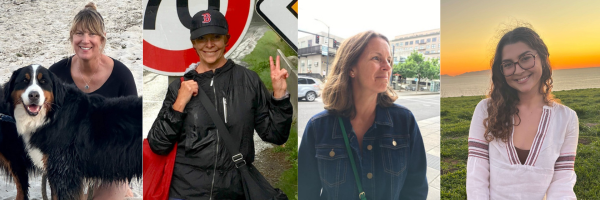 |
Leslie Garrett has been covering climate stories for close to two decades. She makes her home in Canada, west of Toronto. She’s still figuring out her favorite spot but it’s definitely near the water.
Jamie Kageleiry, a longtime magazine and newspaper editor from Martha’s Vineyard, says her favorite spot on earth is out on a kayak there, looking at birds.
Robin Jones is a Southern California native who served as an editor at Westways magazine for more than a decade. She lives in Long Beach and teaches journalism at Cal State Long Beach.
Emily Cain is a recent graduate of Cal State Long Beach, where she wrote and edited for the university’s award-winning magazine, DIG.
|
|
|
|
|
Our audience is informed, intentional, and tuned in to sustainable living. Reach our 300,000 readers by advertising
here, or contact adsales@bluedotliving.com to reserve your space.
|
|
|
|
|
|
|
|
|